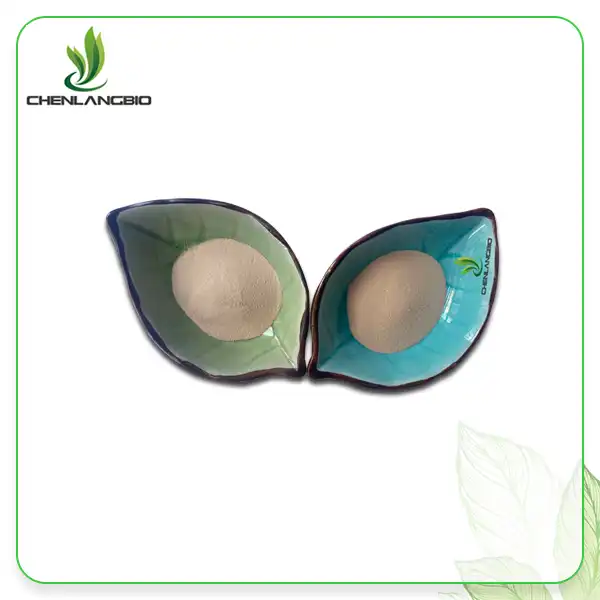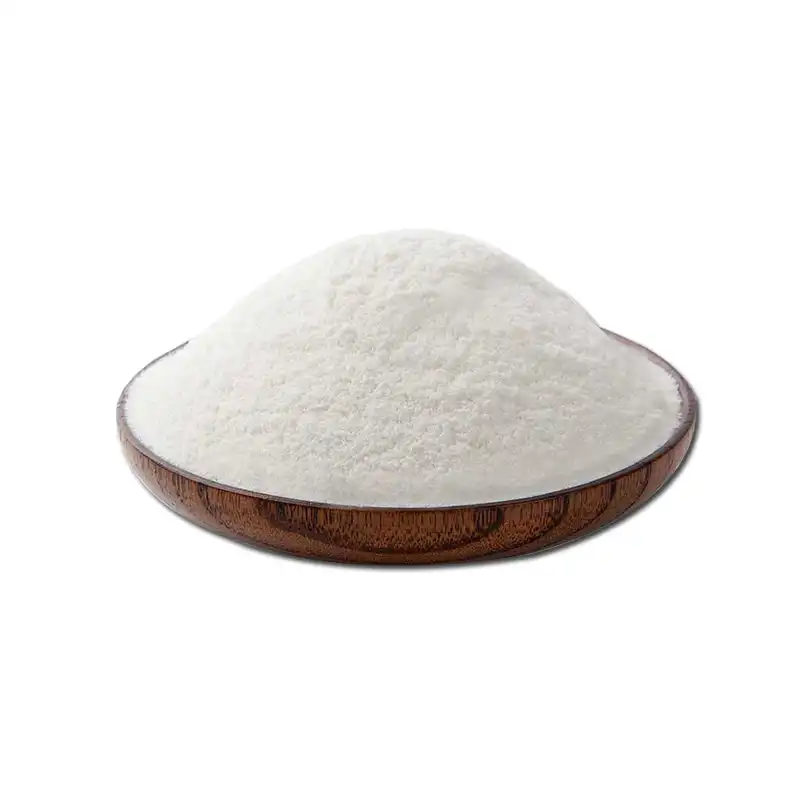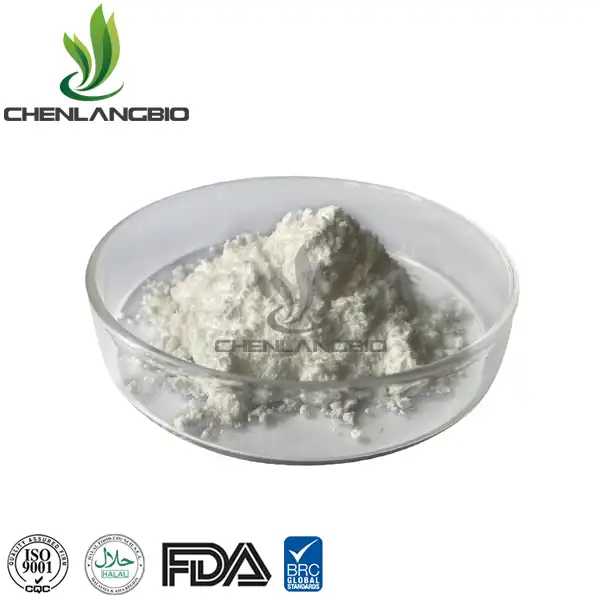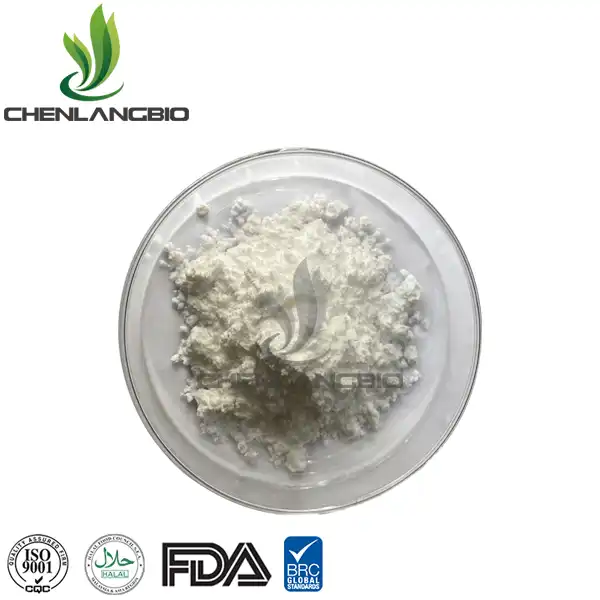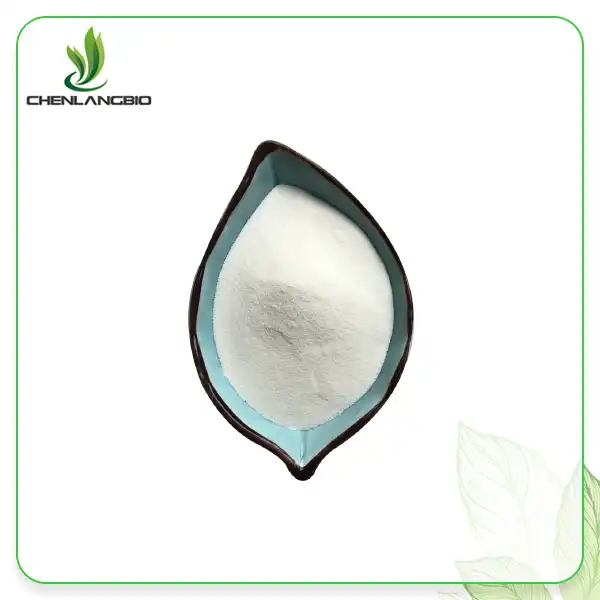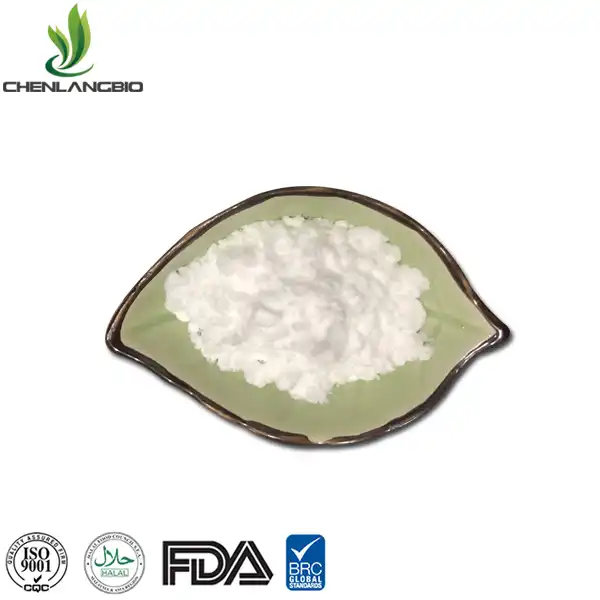Is Camellia Oleifera Seed Oil the Same as Camellia Oleifera Seed Extract
2024-10-23 13:03:13
Camellia oleifera, commonly known as tea oil camellia, has gained significant attention in the beauty and wellness industry. Both the seed oil and extract derived from this plant have become popular ingredients in various products. However, many people wonder if these two forms are interchangeable or if they offer distinct benefits. In this comprehensive guide, we'll explore the differences between camellia oleifera seed oil and camellia oleifera seed extract, their unique properties, and how they can be used effectively.
What is the difference between Camellia oleifera seed oil and seed extract?
To understand the distinction between Camellia oleifera seed oil and seed extract, it's crucial to examine their production methods and composition:
Camellia oleifera seed oil:
- Extraction method: The oil is typically obtained through cold-pressing or solvent extraction of the seeds.
- Composition: It's rich in oleic acid, vitamin E, polyphenols, and other lipid-soluble compounds.
- Texture: The oil has a light, non-greasy feel and is easily absorbed by the skin.
- Color: It ranges from pale yellow to golden.
Camellia oleifera seed extract:
- Extraction method: The extract is produced through various processes, such as water extraction, alcohol extraction, or a combination of methods.
- Composition: It contains a broader range of bioactive compounds, including saponins, flavonoids, and water-soluble nutrients.
- Texture: The camellia oleifera seed extract powder is typically in powder form or a concentrated liquid.
- Color: It can vary depending on the extraction method but is often a light brown to dark brown color.
The primary difference lies in their composition and the range of compounds they contain. While the oil is primarily composed of fatty acids and fat-soluble nutrients, the extract encompasses a wider array of bioactive substances, including both fat-soluble and water-soluble components.
Do Camellia oleifera seed oil and extract offer the same benefits?
While both Camellia oleifera seed oil and extract share some common benefits, they also have unique properties that set them apart:
Shared benefits:
- Antioxidant properties: Both forms contain antioxidants that help protect the skin from free radical damage.
- Moisturizing effects: They can help hydrate and nourish the skin, improving its overall appearance.
- Anti-aging potential: The antioxidants and nutrients in both oil and camellia oleifera seed extract powder may help reduce the signs of aging.
Unique benefits of Camellia oleifera seed oil:
- Emollient properties: The oil excels at softening and smoothing the skin due to its high fatty acid content.
- Hair conditioning: It can be used as a natural hair conditioner, adding shine and manageability.
- Makeup removal: The oil effectively dissolves and removes makeup without stripping the skin.
- Culinary uses: Camellia oleifera seed oil is edible and can be used in cooking, similar to olive oil.
Unique benefits of Camellia oleifera seed extract:
- Enhanced antioxidant profile: The extract contains a broader spectrum of antioxidants, including flavonoids and polyphenols.
- Potential anti-inflammatory effects: Some studies suggest that the extract may have more potent anti-inflammatory properties.
- Versatility in formulations: The powdered or liquid extract can be easily incorporated into various skincare and supplement formulations.
- Possible antimicrobial properties: Some research indicates that the extract may have antimicrobial effects, which could be beneficial in certain skincare applications.
It's important to note that while both forms offer valuable benefits, their efficacy can vary depending on the specific product formulation and concentration used.
Can Camellia oleifera seed oil and extract be used interchangeably?
While Camellia oleifera seed oil and extract share some similar properties, they are not entirely interchangeable due to their distinct characteristics:
Formulation considerations:
- Oil-based products: Camellia oleifera seed oil is ideal for oil-based formulations such as facial oils, body oils, or oil-based serums.
- Water-based products: The seed extract is more suitable for water-based formulations like toners, essences, or lightweight moisturizers.
- Emulsions: Both oil and camellia oleifera seed extract powder can be used in emulsions (creams and lotions), but their roles differ. The oil acts as an emollient and occlusive agent, while the extract provides additional active ingredients.
Application methods:
- Direct use: Camellia oleifera seed oil can be applied directly to the skin or hair as a pure oil.
- Incorporation into products: The seed extract is typically incorporated into formulated products rather than used on its own.
Concentration and potency:
- Oil concentration: Camellia oleifera seed oil is often used at higher concentrations in products, sometimes as the primary ingredient.
- Extract concentration: The seed extract is generally used at lower concentrations but can provide a more concentrated dose of certain bioactive compounds.
Stability and shelf life:
- Oil stability: Camellia oleifera seed oil has a relatively long shelf life due to its natural antioxidants.
- Extract stability: The seed extract may require additional preservatives or stabilizers in formulations to maintain its efficacy.
While Camellia oleifera seed oil and extract cannot be used interchangeably in all situations, they can complement each other when used together in skincare formulations. This synergistic approach can provide a more comprehensive range of benefits, combining the emollient and occlusive properties of the oil with the broader spectrum of bioactive compounds found in the extract.
Choosing the right form for your needs:
- For deep moisturization and nourishment: Opt for products containing Camellia oleifera seed oil.
- For antioxidant-rich, lightweight formulations: Look for products featuring camellia oleifera seed extract powder.
- For comprehensive skincare benefits: Consider products that incorporate both oil and extract forms.
Understanding the differences between Camellia oleifera seed oil and camellia oleifera seed extract powder allows you to make informed decisions when selecting skincare products or formulating your own. Both forms offer valuable benefits, and their effectiveness can be maximized when used appropriately based on your specific skincare needs and goals.
Conclusion
In conclusion, while camellia oleifera seed oil and extract share some common ground, they are distinct ingredients with unique properties and applications. By recognizing these differences, you can harness the full potential of this remarkable plant in your beauty and wellness routines. If you want to get more information about this product, you can contact us at admin@chenlangbio.com.
References
1. Lee, C. P., & Yen, G. C. (2006). Functional properties and bioactivities of Camellia oleifera Abel. seed oil. Journal of Agricultural and Food Chemistry, 54(3), 779-784.
2. Wang, X., Zeng, Q., del Mar Contreras, M., & Wang, L. (2017). Profiling and quantification of phenolic compounds in Camellia seed oils: Natural tea polyphenols in vegetable oil. Food Research International, 102, 184-194.
3. Zhu, M., Li, W., Lu, X., Li, J., & Yin, R. (2020). Preparation of Camellia oleifera seed extract and its application in cosmetics. Journal of Cosmetic Dermatology, 19(3), 583-592.
4. Yang, C., Li, D., & Wan, X. (2013). Camellia oleifera Abel.: A review of its phytochemistry, pharmacology, and industrial applications. Journal of Agricultural and Food Chemistry, 61(47), 11425-11432.
5. Chen, Y., Wang, Y., Han, X., Si, L., Wu, Q., & Lin, L. (2013). Biology and chemistry of Camellia oleifera Abel. Journal of the Chinese Cereals and Oils Association, 28(3), 113-121.
6. Zhang, L., Han, X., Xu, J., Yin, Y., Wan, M., & Wang, Y. (2018). Camellia oleifera seed extract: A potential natural antioxidant in meat products. Food Science and Human Wellness, 7(2), 149-155.
Send Inquiry
Related Industry Knowledge
- Is Kopexil Effective for Treating Male and Female Pattern Baldness?
- Why Tart Cherry Extract Powder Is a Superfood
- Unlocking the Skin Benefits of Paeoniflorin 80%
- Do Green Tea Extract Have Caffeine
- Why is Green Tea Extract Bad for You
- Can Humans Take Praziquantel
- Is Magnesium Ascorbyl Phosphate Synthetic or Natural
- Can Coenzyme Q10 Powder Improve Skin Health
- Where Can I Buy Nitenpyram Powder
- What Does Black Pepper Extract Do for Your Body



